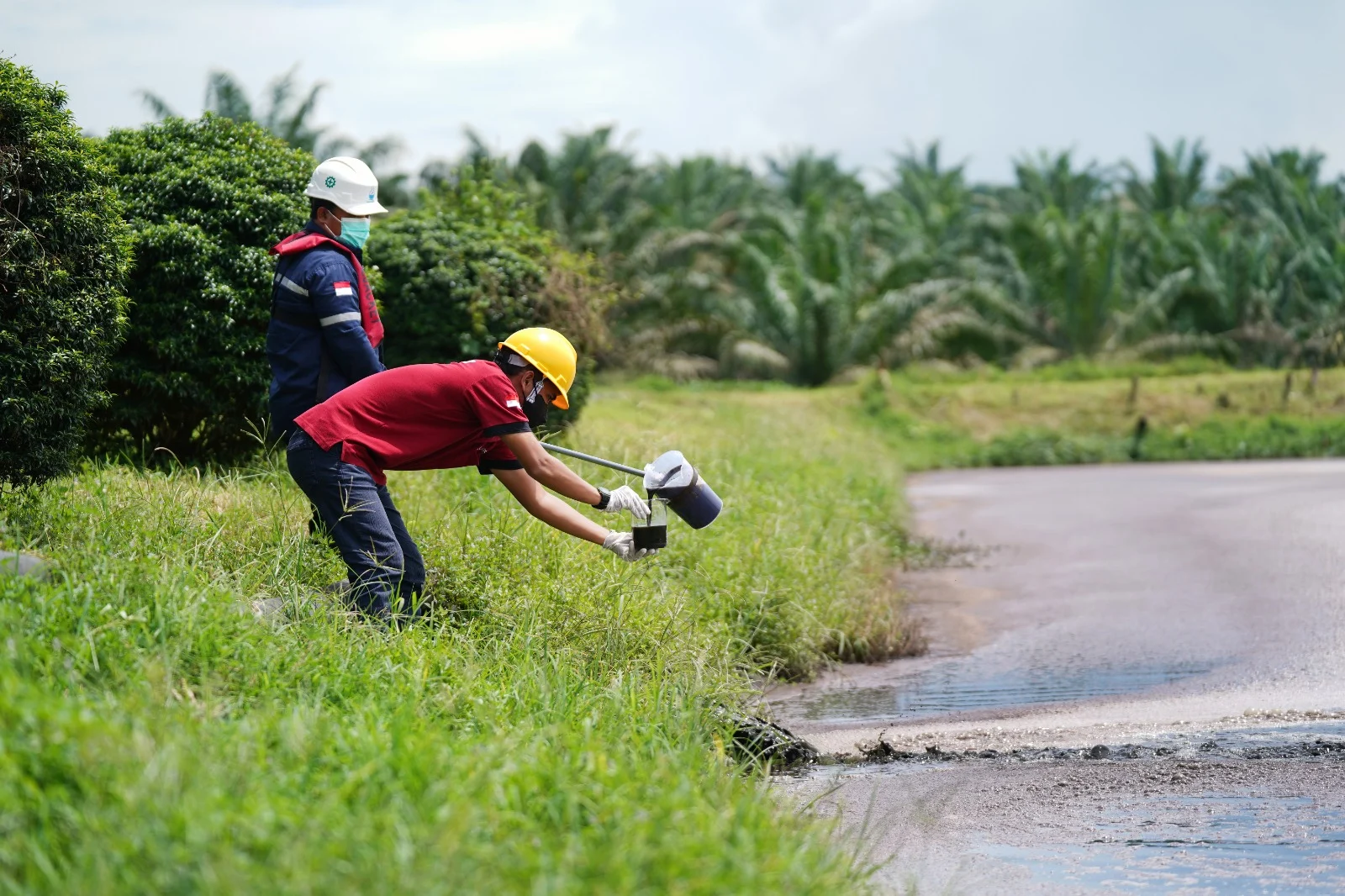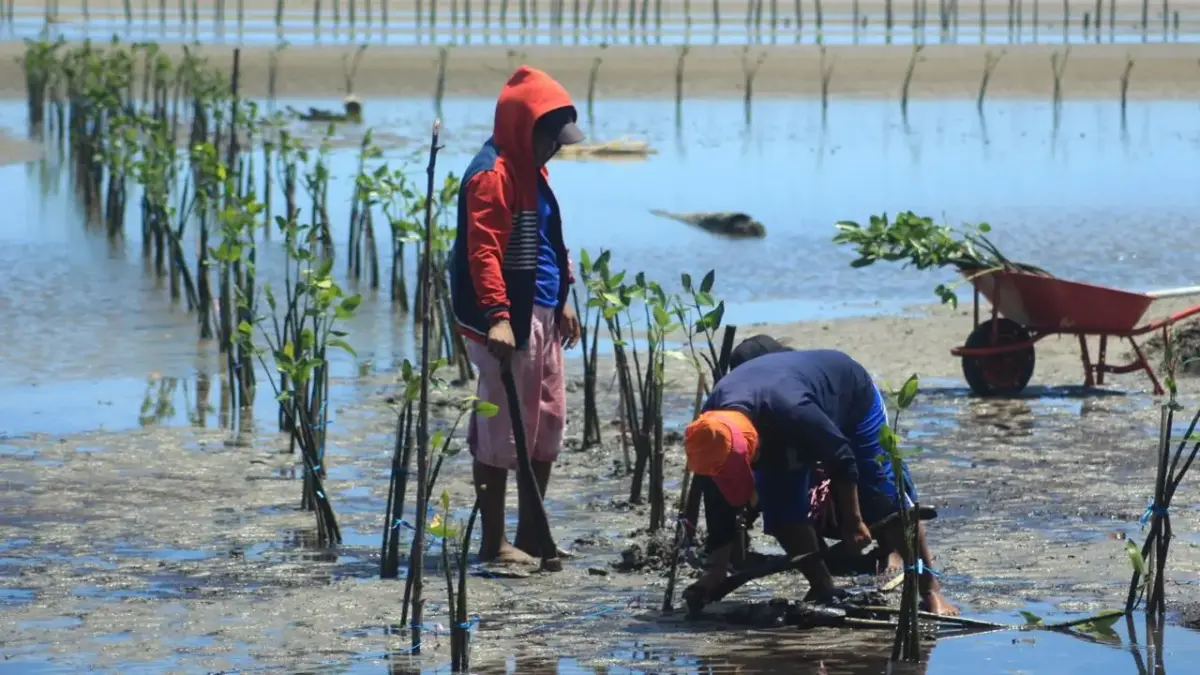Biodiversity
We consider biodiversity amongst our priorities because many EHP plantations are located near natural and protected forests which are natural habitats for endangered, rare and threatened species where these areas are considered to have High Conservation Value (HCV).

Identification and Assessment
EHP is committed to zero conversion of the natural ecosystems within our operations, particularly in the HCV, peatlands, nd HCS areas, as well as the identification and assessment of HCV and High Carbon Stock (HCS) in our operational areas.
EHP is also committed to the identification and assessment of HCV and High Carbon Stock (HCS) in our operational areas. Since after 2015, EHP has conducted HCV and HCS assessments which have been carried out by ALS licensed assessors. To ensure social and environmental impacts are identified, EHP has conducted a Social & Environmental Impact Assessment (SEIA). This commitment is also a part of the Company’s commitment as an RSPO member and applicable to all third-party suppliers, as mentioned in the Company’s Sustainability Policy.
High Conservation Value (HCV) Assesment
EHP has 21% protected area, obtained through operational location mapping using High Conservation Value (HCV) assessments. EHP conducts regular field patrols to prevent land encroachment and ensure that each operational area is maintained according to its function. For HCV management, EHP uses satellite imagery and aerial photo captured by drones on a regular basis to monitor potential threats of land encroachment in conservation areas. Real-time satellite monitoring of hotspots is also actively conducted. In addition, EHP uses the results of Geographic Information System (GIS) based spatial data processing to review and identify land cover changes, especially in HCV areas.
Landscape Protection Initiative
EHP initiated the Mangrove Restoration and Rehabilitation Program in Kalimantan
Detail